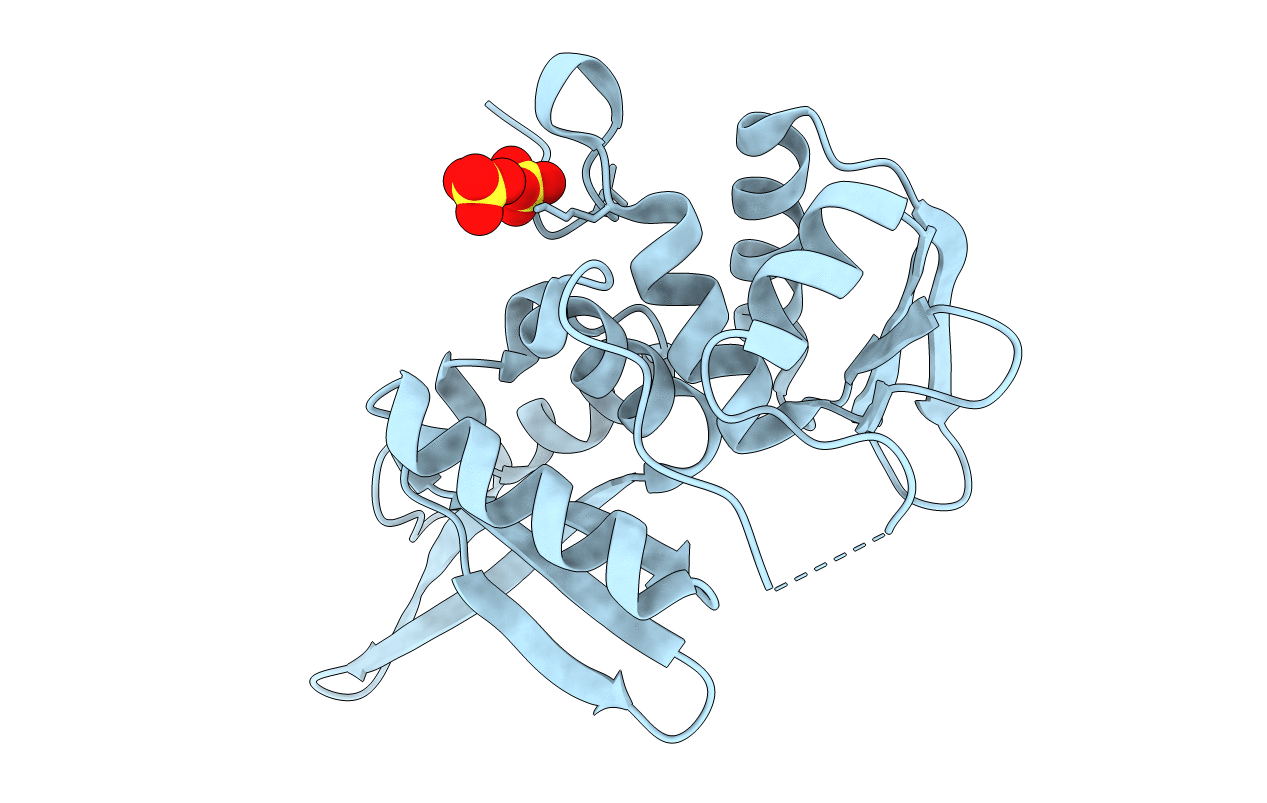
Deposition Date
2006-01-06
Release Date
2006-07-06
Last Version Date
2024-03-13
Entry Detail
PDB ID:
2DCH
Keywords:
Title:
Crystal structure of archaeal intron-encoded homing endonuclease I-Tsp061I
Biological Source:
Source Organism:
Thermoproteus (Taxon ID: 2270)
Host Organism:
Method Details:
Experimental Method:
Resolution:
2.06 Å
R-Value Free:
0.24
R-Value Work:
0.20
R-Value Observed:
0.20
Space Group:
H 3 2


